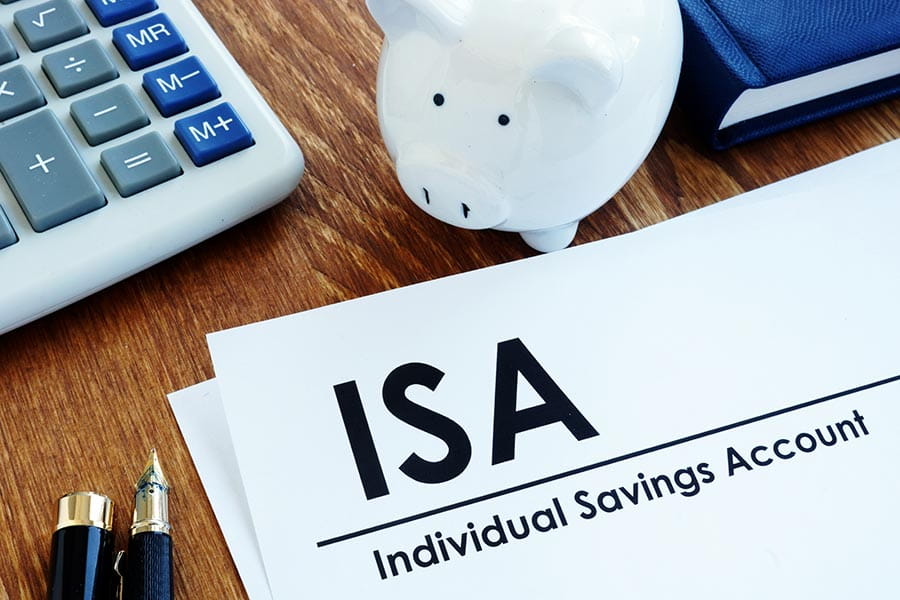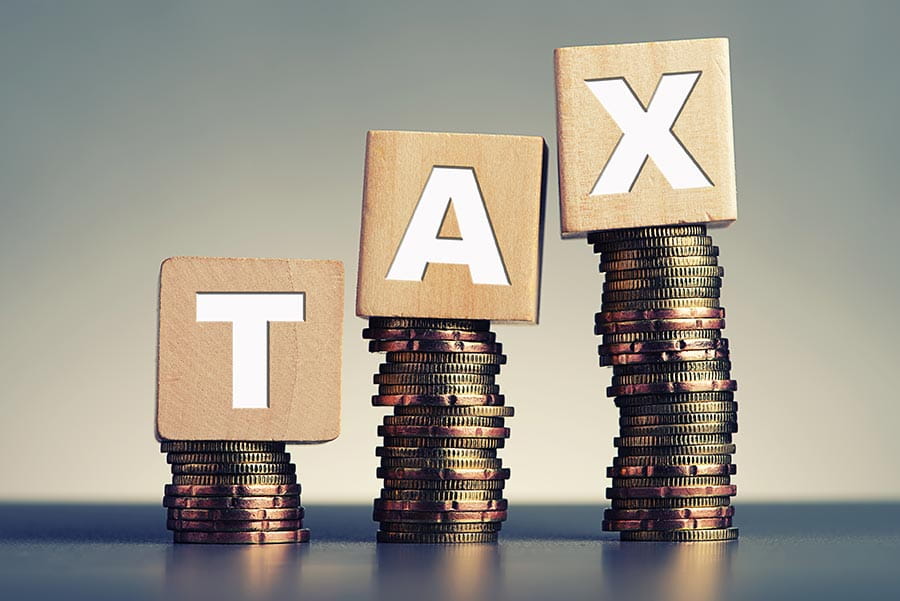

In a cost-of-living crisis, every penny counts, and mastering the art of budgeting isn't just wise – it's essential. Think of your finances as a leaking bucket that needs topping up regularly. When the costs of groceries, energy, and housing increase, the holes in your bucket get bigger. Clever budgeting is the best way to keep the leaks under control and keep your bucket full.
As expenses rise, topping up your savings can feel like a challenge. But savvy budgeting means saving money can still be possible, even as costs increase. Whether you’re earmarking funds towards a financial goal or building a safety net for emergencies, having a solid savings plan is the key.
In this guide, we’ll arm you with sharp budgeting strategies and smart money-saving hacks. Take control of your finances with our actionable advice and build a secure financial future.
These easy budgeting rules are here to help you manage your money.
These rules provide a structured approach to monthly saving, helping you achieve financial stability. It’s simple – you split your monthly income into separate pots, with most for spending and a portion going to your savings account.
We know monthly incomes are different, and these rules may not work for everyone. Think of them as guidelines. You can tweak them and use different percentages that are better suited to your circumstances.
50/30/20 budgeting gives you a clear plan for your monthly finances.
Needs are necessary expenses. They could include paying for your rent or mortgage, bills, or groceries.
Wants are things that you’d like to buy but aren’t essential. This could be anything from eating out to weekend getaways and new clothes.
Let’s look at an example to understand how the 50/30/20 budget works in action.
Say you earn £2,000 per month after tax.
80/20 budgeting is a simplified version of 50/30/20. 20% of your income goes into a savings account, and the other 80% is for all types of spending.
Let’s look at an example where your monthly take-home pay is £2,000.
20% (£400) goes into your savings
80% (£1,600) is for spending (needs and wants)
Looking for ways to bolster your savings and get closer to your financial goals? There are plenty of hacks to maximise your money’s potential, like cutting unnecessary subscriptions and shopping smarter at the supermarket.
Here are 8 money-saving tips that can free up cash to redirect towards your savings.
Choose specific weekends and mark them as ‘no-spend weekends’, where you save money by not spending. This could be one weekend a month or every other month.
No-spend doesn’t mean no fun! There are plenty of free activities and attractions across the UK. Whether you’re a sports fan, an outdoor enthusiast or a family with kids, there’s something for everyone.
Check out free museums, walk in the countryside or settle in for a movie night. They’re also a great opportunity to cook up any leftovers and invent new recipes with ingredients that are getting close to expiry.
It’s easy to sign up for things and forget about them. In fact, research suggests 1 in 10 people have unused subscriptions, with 65% spending £132 or more annually on unnecessary services.
Whether it’s streaming services, fitness apps or magazines, you might be committed to various subscriptions. But do you need them?
Review your subscriptions and cancel any you don’t use. To save more money, it’s a good idea to look at the ones you do use and decide whether you can do without them.
Here are some services you may be subscribed to:
Make it a habit to review your direct debits regularly – if you spot any unnecessary payments, cancel them.
Another great way to save money is with price comparison websites. These handy sites can help you get the best deals on utilities. Compare prices on gas, electricity, TV and broadband packages, and insurance policies, reducing your monthly and annual bills and freeing up money to add to your savings.
Keep in mind that not all utility companies are listed on price comparison websites. So, it’s essential to shop around. Be proactive in your search, ensuring that you get the best price possible.
When you've found the best price for an insurance policy, it's a good idea to pay for the whole year if you can.
It can seem more affordable to spread costs and pay for insurance, like car insurance, monthly. However, some firms add interest to your premium when you pay in instalments.
Paying in one lump sum can be a more significant knock to your finances. It’s only a good idea if you can afford to take the hit, as it can help you avoid added interest on your policy. Cheaper insurance bills? Yes, please.
Fuelling up can be costly. But a few wallet-friendly tips can help manage your petrol or diesel spending.
Find the cheapest fuel stations in your local area – even if the best price is slightly further away, a few pence per litre can soon add up. You can find out which local stations offer low-cost fuel using this handy tool.
You can also maximise your fuel by avoiding driving with excess weight in your vehicle and lowering your windows instead of blasting the air con to make the most of each top-up.
Whether you’re buying groceries, gadgets, or clothes online, it’s worth checking for discount codes before you checkout. Many online retailers offer new customer discounts or codes if you sign up for their newsletter.
You should also check cashback websites like Quidco and Topcashback when shopping with online retailers. These sites can help your money go further with cashback, discounts, and vouchers for online stores.
Keep in mind that online shopping isn’t the only option! While it can be tempting to buy from online retailers such as Amazon for convenience and next-day delivery, you might find lower prices when you explore high street stores and supermarkets.
It’s also worth asking yourself, “Do I really need this?” Check in with your sensible side and only spend what you can afford.
Speaking of supermarkets, you can find plenty of bargains in the reduced section of your local store – look out for the yellow stickers! Pick up delicious ingredients near their use-by date to eat the same day or store in the freezer, or grab bargains with damaged packaging.
But when do supermarkets paint their aisles yellow? Timings can change depending on the branch, but experts suggest the best times to bag reduced items from supermarkets are as follows:
| Supermarket | When do they reduce prices? |
|---|---|
|
Aldi |
8am or opening time |
|
Asda |
Early morning or 7pm |
|
Co-op |
Between 6pm and 8pm |
|
Lidl |
Early morning and closing time |
|
M&S |
30 minutes before closing time |
|
Morrisons |
5pm |
|
Tesco |
30 minutes before closing time |
|
Sainsbury's |
5pm |
|
Waitrose |
2 hours before closing time |
Life isn’t always predictable, and unexpected events, such as a broken boiler or emergency car repairs, may mean allocating less money to your savings for a few months.
When it comes to budgeting, adapting is essential. Regularly review your plan to make sure it aligns with your current financial situation. Adjust your saving routine as needed, and go easy on yourself when times are hard.
Here to support your savings goals

Discover savings accounts which pay tax-free interest in our ultimate guide to Cash ISAs

Learn how savings interest is taxed, what allowances apply, and ways to reduce your tax bill. A simple guide to tax on savings in the UK.



